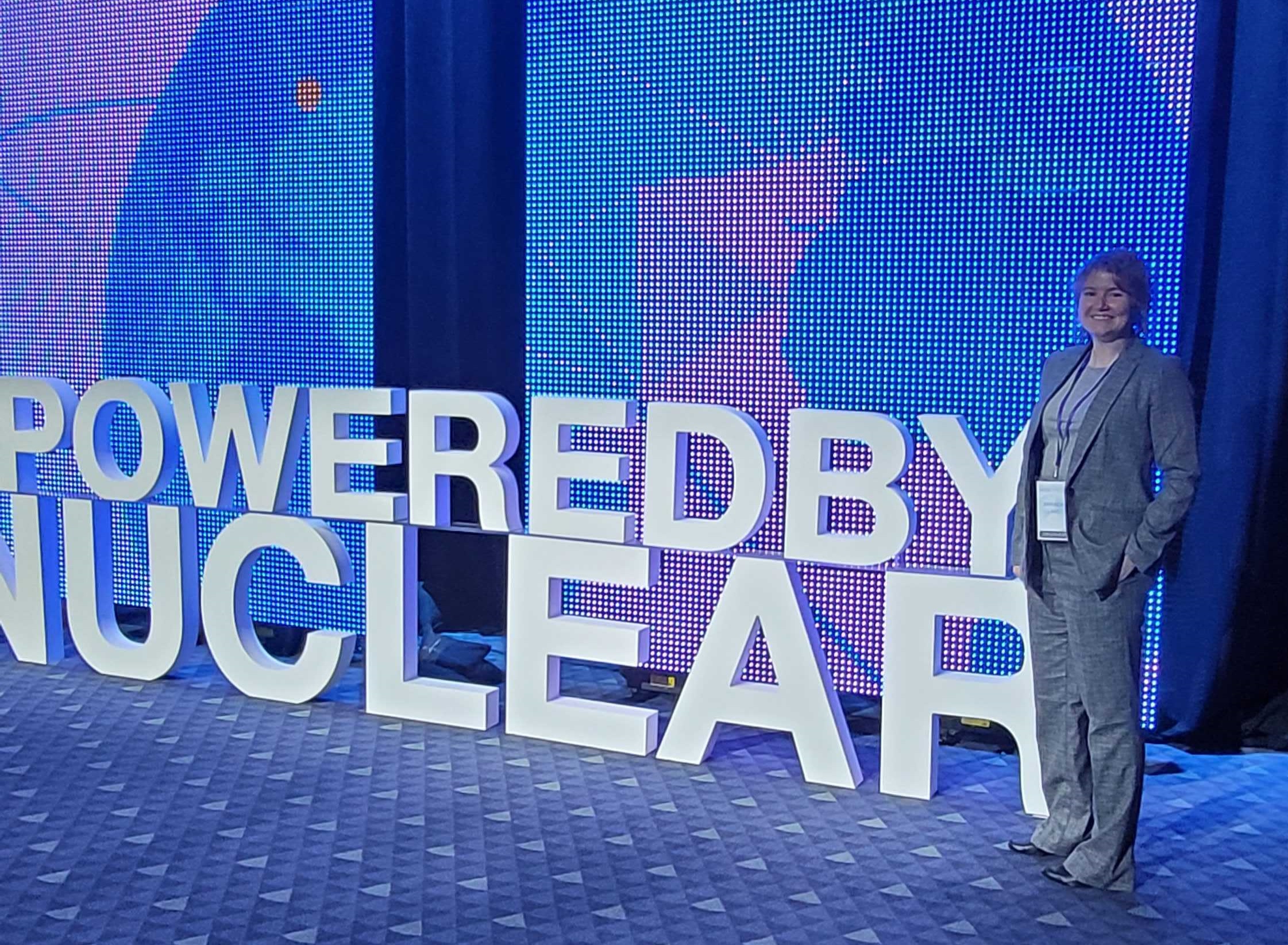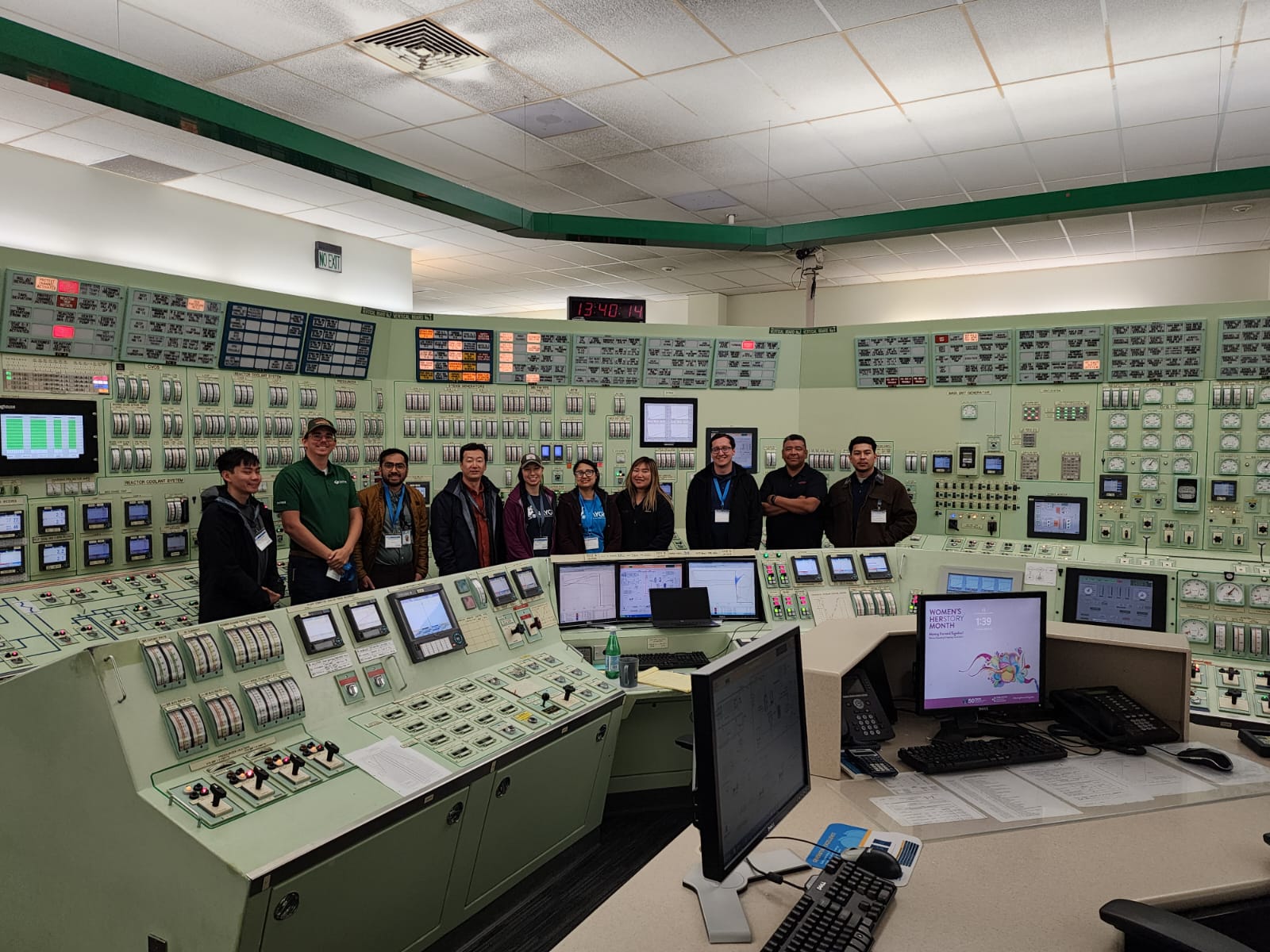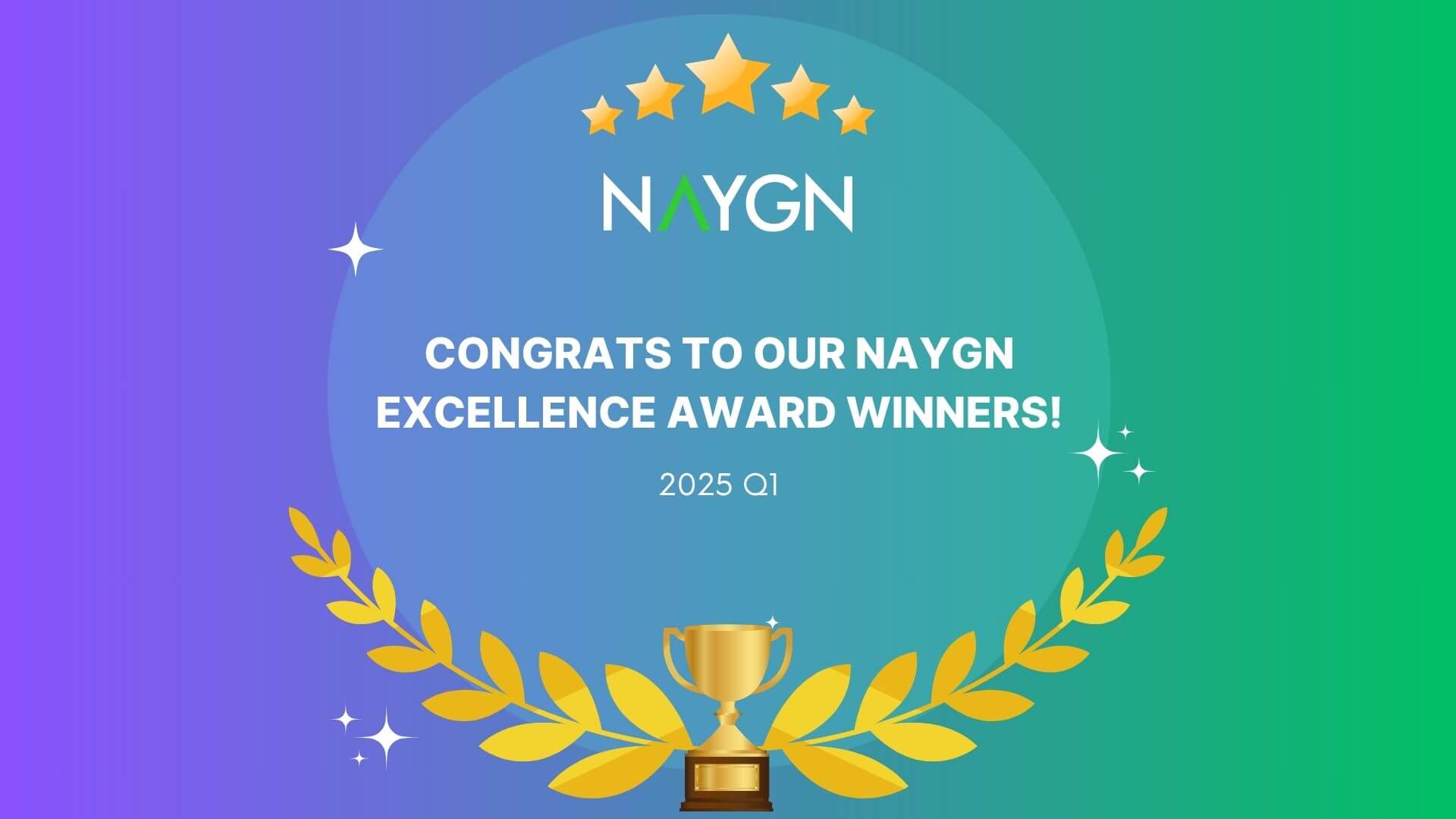NAYGN at International Atomic Energy Assembly

Last week, NAYGN President, Amanda Lang represented the young generation at the IAEA International Ministerial Conference on Nuclear Power in Washington DC. This conference brings together 800 attendees comprised of minsters, government officials, policymakers, and technical experts from around the world. The IAEA is comprised of 175 member states dedicated to the peaceful use of nuclear technology. Ambassadors and delegations from 45 countries delivered statements on the status of nuclear in their respective sovereignties. Overwhelmingly, nuclear energy is viewed as instrumental for addressing climate change and to supply reliable electricity. DOE Assistant Secretary for Nuclear Energy, Dr. Kathryn Huff emphasized that “every premature shutdown of a nuclear plant is a step backwards” in the fight against climate change.
The future for nuclear energy is bright:
- The UK is planning for 24 GW of new nuclear energy by 2050.
- Terrapower and X-Energy (both recipients of the initial Advanced Reactor Demonstration Project DOE funding) have each broken ground on fuel fabrication facilities in the past two weeks.
- 74% of the public in Poland are supportive of nuclear energy and this number is expected to rise further in light of the illegal Russian invasion of Ukraine and subsequent energy crisis throughout the EU. This week, Poland has selected Westinghouse to build its first nuclear power reactor.
- Nuclear energy has great potential to be labelled as an ESG (environmental, social, and governance) investment more widely given the inclusion of nuclear in the EU taxonomy of sustainable activities.
Leaders in nuclear and energy are dedicated to a diverse nuclear workforce and this was on full display at the panel session: Together for More Women in Nuclear where US Secretary of Energy, Jennifer Granholm, was proud of all the “KABs” or “kick ass brauds” in nuclear energy today. IAEA Director General Rafael Grossi has pledged to achieve gender parity at the agency by 2025, if not earlier. The IAEA launched the Marie Sklodowska-Curie Fellowship Programme in 2020 and has already provided support for 210 women from 93 countries to pursue higher education in nuclear science. In addition, DG Grossi announced at the ministerial the start of a new program, named after Lise Meitner (the personal hero of current NAYGN President, Amanda Lang) which will aim to retain female talent in the nuclear field.
Several sessions including Enabling Environments: Creating the Conditions for Wider Deployment of Nuclear Energy and Enhancing Confidence: Effective Regulatory Oversight for the Future of Nuclear Energy touched on the importance of effective communication and public information and outreach. Rumina Velshi (CEO of the Canadian Nuclear Safety Commission) stressed that the nuclear community needs to break out of their echo chamber because nuclear professionals often talk to the same people at the same conferences, year after year. While interacting with new audiences it is important not to overly rely on the “Deficit Model” of science communication. This model assumes the target audience has knowledge gaps and scientists can teach people to fill in those gaps. However, the Deficit Model has been proven to be ineffective. Instead, audiences need stories and engagement to drive the evidence home. It is important that nuclear professionals don’t just present facts but also listen to what the audience cares about.
This will be especially important next week as NAYGN turns its focus to COP 27 (the United National Conference on Climate Change) hosted in Egypt. Egypt has 4 nuclear power plants under construction and is expecting those to come online before 2030. NAYGN President Amanda Lang, Vice President, Matt Mairinger, and Government Outreach Lead Christy Fletcher will attend as official observers at the biggest climate change conference in the world.




